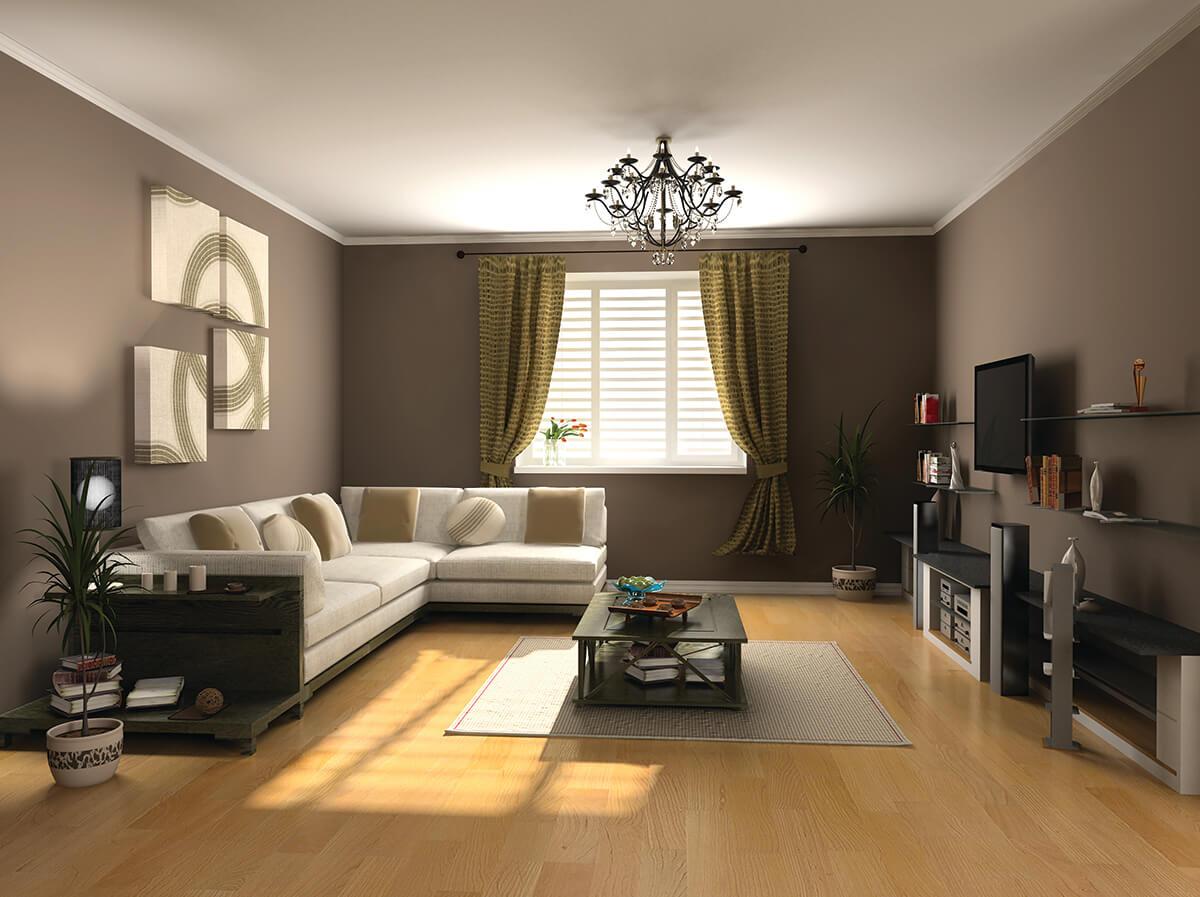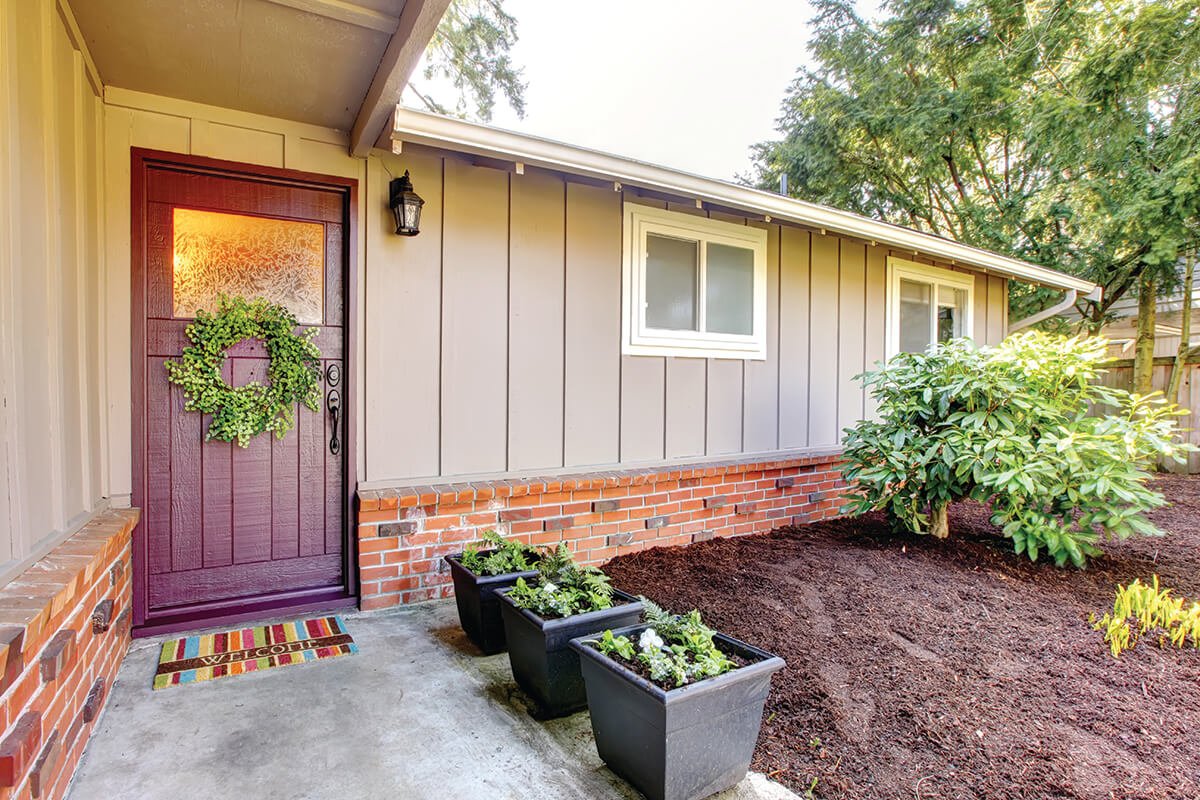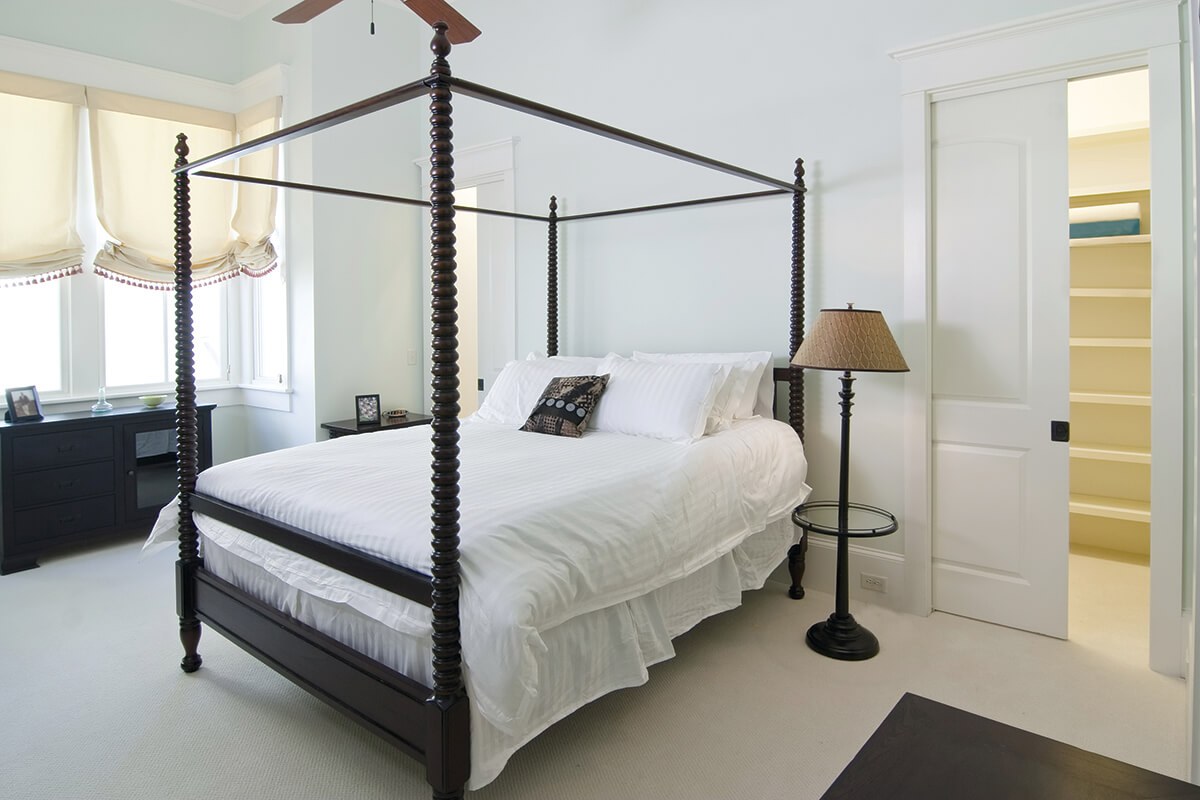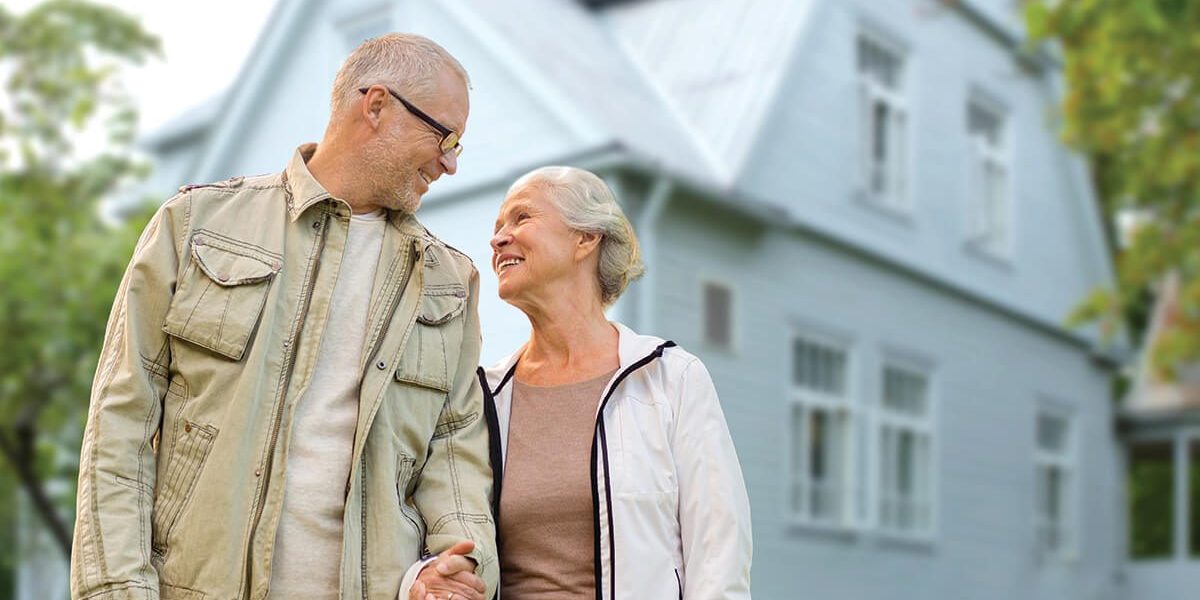Home & Living
Here for the Long Haul
The changes you’ll need to age in place don’t have to be huge.
You read a lot about downsizing, age-restricted developments, and retirement communities, but there’s another reality at work regarding seniors and housing: Surveys show most older homeowners really don’t want to leave their homes of 30 or 40 years.
So then how do you make your home safe and functional when you know that, sooner or later, you may lose mobility or suffer declining health?
Actually, it doesn’t have to be a massive undertaking, says Joe Smith, a partner for 17 years with Owings Brothers Contracting, which has won numerous industry awards for construction and design—it’s about a lot of small, relatively inexpensive, changes to the home. (More on those in a bit.)
But first, there’s another trend he sees going on that could be an alternate answer to aging in place: Let’s call it “Living like The Waltons.”
“We’re seeing more cases of ‘merged living,’” says Smith, “where the multigenerational house will be adapted for use by the parents, the grown children, and the grandchildren to live together.” And in some cases, it’s the parents bankrolling changes to a home to accommodate the whole brood.
That sometimes means more major projects like additions, or renovating a walkout basement as living quarters, while trying to keep the spaces separate enough to preserve some privacy.
“It’s important, though, to make sure changes don’t have a negative impact on any future sale of the home—and that’s where you really need professional design,” says Smith.
But in cases where only the seniors will be living there, the changes needed are much simpler.
You might consider ramps at entry points, and handrails in key spots, for instance. “My own Dad uses a walker, so I’m really sensitive to things like this, or considerations like those patio stones or pavement lips that might trip someone,” says Smith. Other changes often include things like low-threshold sliding-glass doors (so there’s no metal lip across the floor to stop a wheelchair), wider doorways, grab bars, or levers instead of doorknobs.
Jeff Rubin, president of the modestly named Baltimore Handyman Company—he’s actually a career design-build expert and an architect—agrees grab rails are essential.
“You really need ADA-approved grab bars in showers, bathtubs, and similar locations,” says Rubin. “The bathroom is probably the most dangerous room in your home. Slips and falls can be extremely dangerous or even deadly as we age.”
“We also recommend upgraded lighting,” says Smith, “so the homeowners will see transitions in flooring. We try to avoid transitions in flooring [those little half-inch step-ups you could trip on], but you might want different-colored flooring to make the transitions visible.”
Equally important are smoke and carbon-monoxide (CO) detectors, says Rubin. “As we age, we become even more vulnerable to fires becoming life-threatening because of a lack of mobility, health issues, or diminished eyesight or hearing,” he says. “A proper system is composed of 10-year sealed-battery smoke detectors and CO detectors—especially if your home has any type of combustion appliance such as a gas furnace or oil burner. They should be on each level of your home, in hallways at bedrooms, and in each bedroom. The detectors must be interconnected and, if possible, hard-wired into your home’s electrical system. Detectors that have a flashing light upon being triggered can assist those who have diminished hearing.”
Another must, says Rubin, is a personal alert system so that, in an emergency, you can contact the police, fire department, or other emergency services.
Also consider kitchen tweaks, from reworking the height of the sinks and appliances to making sure cabinets are accessible, Smith adds. And in the bathrooms, think sit-down shower stalls and hand-held shower heads.
“Not everything, such as elevators, has to be a major project,” says Smith.
“There is new elevator technology, but it’s an expensive undertaking. And how do you access it on each floor? Sometimes they have to be boxed additions on the outside.”
What’s more, an elevator is likely unnecessary since chair-lift technology has gotten a lot better, he says.
“But the bottom line is no one wants their home to look like an infirmary, so that’s where an architectural sense comes in, to make the changes subtle,” he adds. “And fortunately, there are a lot of new products now that don’t look cold. It’s actually very rewarding to come away from one of these projects and know that you didn’t make it look institutional—you made it look good”
A POSTSCRIPT ON PROJECTS
We read lots of guides on aging and canvassed home-building and senior-living experts to find more tips, and came up with no shortage of ideas:
Clear the excess: Any unnecessary furniture or rugs should be removed. “The more space you allow in each of your rooms, the better. Make sure there are clear pathways and plenty of space to walk in without bumping into anything, especially in the rooms you spend a lot of time in.”—seniors blogger Kristen Hicks at senioradvisor.com

Create at least one no-step entry into the home: “It’s definitely a good idea to have at least one of these. But there’s a host of related issues that go beyond the construction work. Outside, you’ll probably want a covered entry to protect you from the elements. And you need good drainage since the doorway will be level with the walking surface just outside the door. Once inside, you’ll need space for maneuvering. If it’s too complicated or expensive to create a no-step entry at an existing doorway, think outside the box. Could you turn a window into a doorway to enter a larger area or turn a small or underused room into a new foyer? A fringe benefit could be making the living room less of a hallway.”—Louis Tenenbaum, 8 Things to Consider Before Remodeling to Age in Place

Pocket doors may make mobility between rooms possible: Not only will
the door be out of the way when opened, the hinge will prevent any catching on wheelchairs. “For your existing home, you may merely need to widen some doorways, and pocket doors may be useful to you when a swinging door just won’t work.”—Senior Home Remodel magazine

Ditch the traditional tub: “A senior opting to age in place also should consider home modifications for the bathroom, particularly the bathtub. One option is to replace the bathtub with a walk-in shower, which provides much easier (and safer) entry and exit than a bathtub.”—Assisted Living Today
